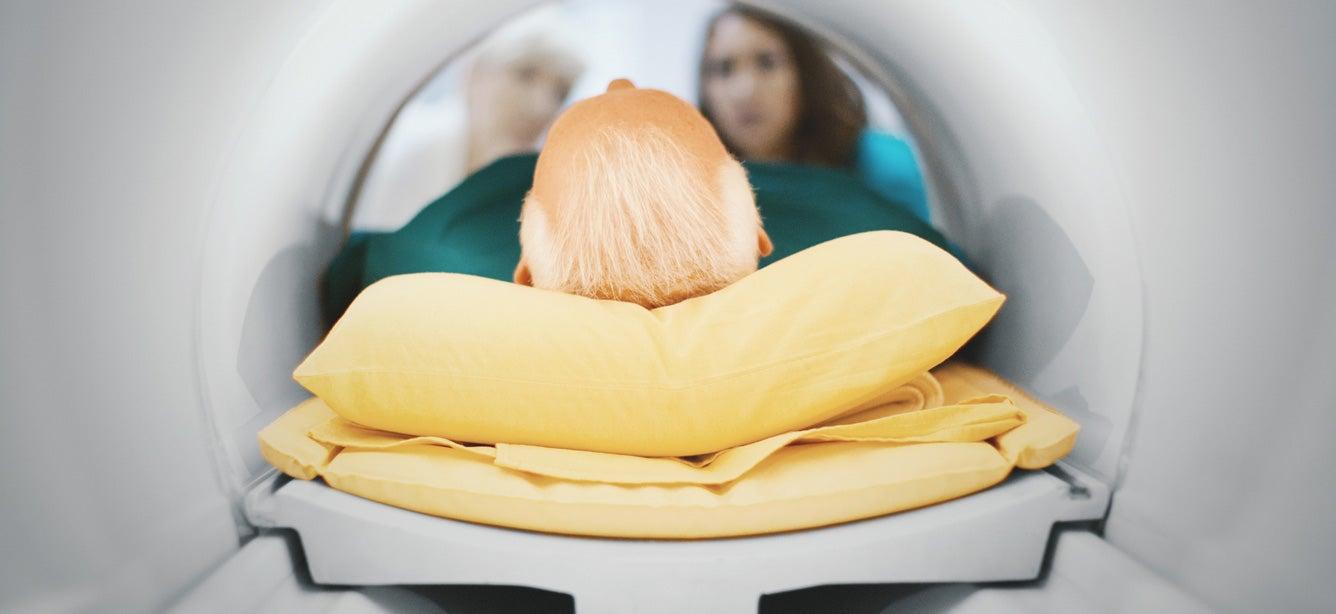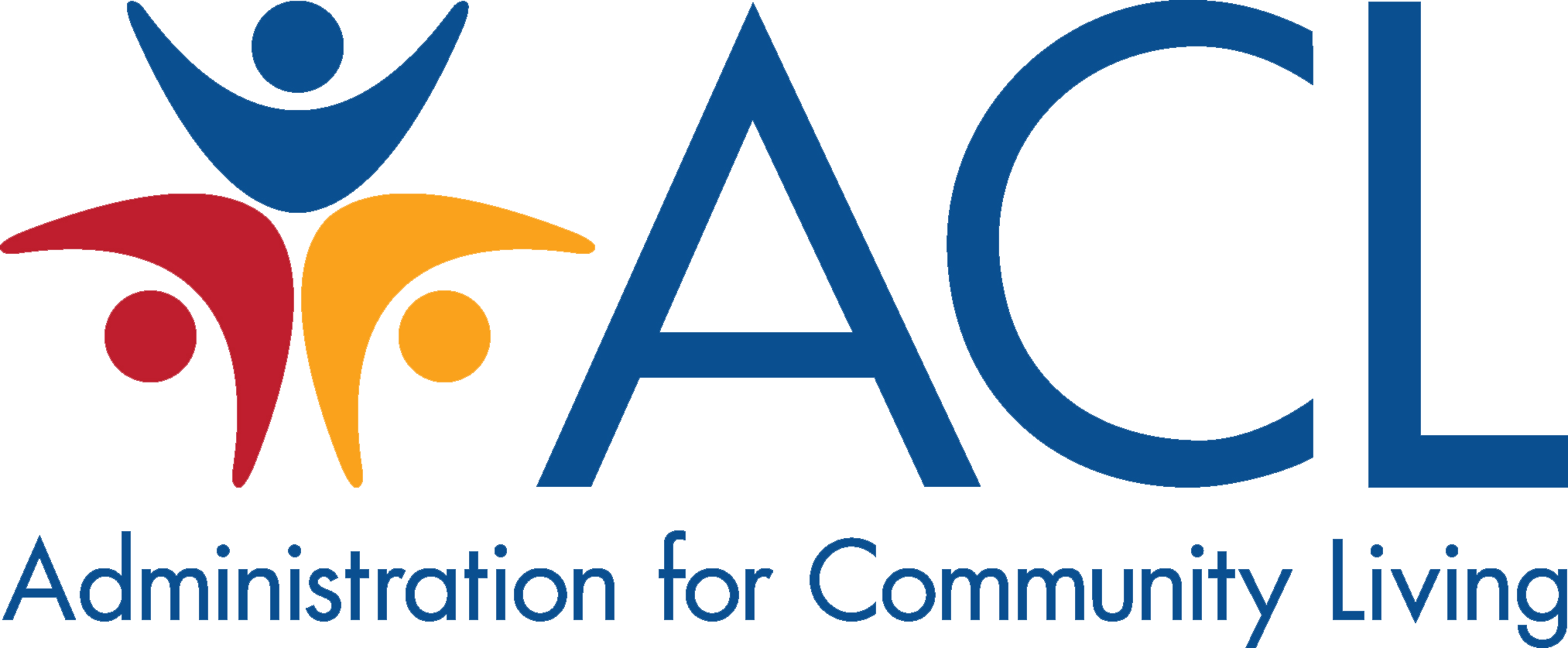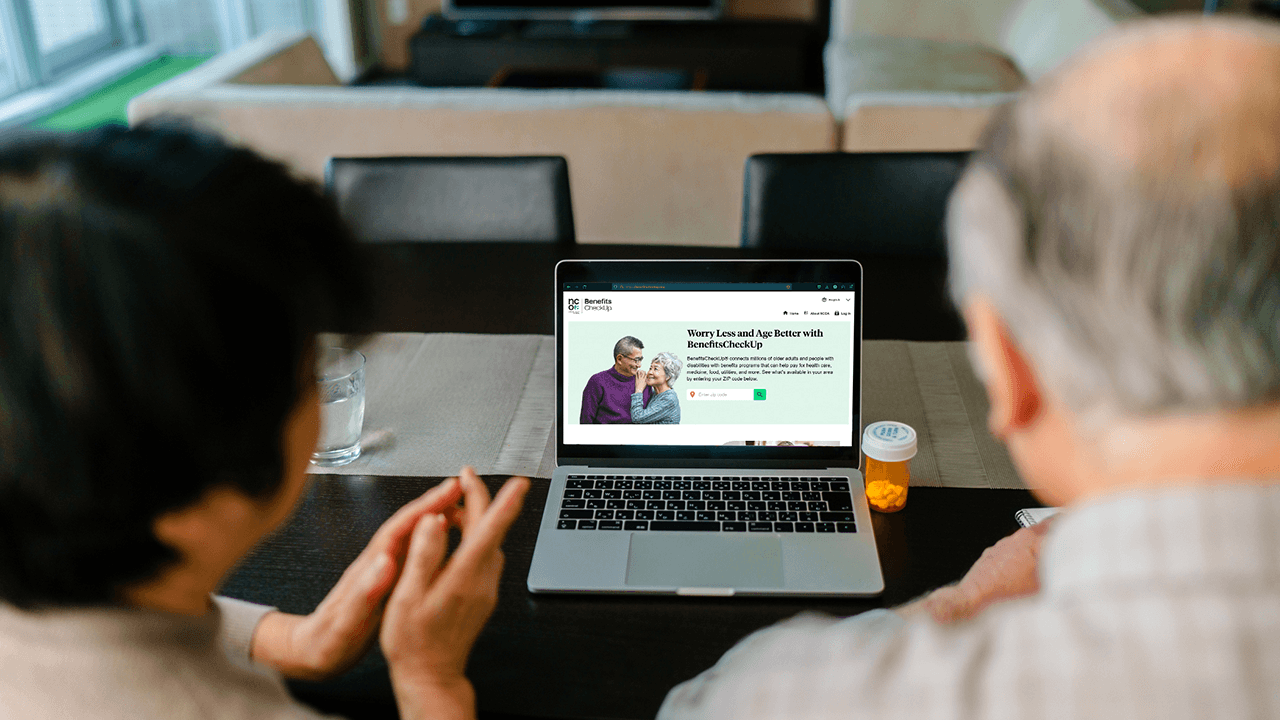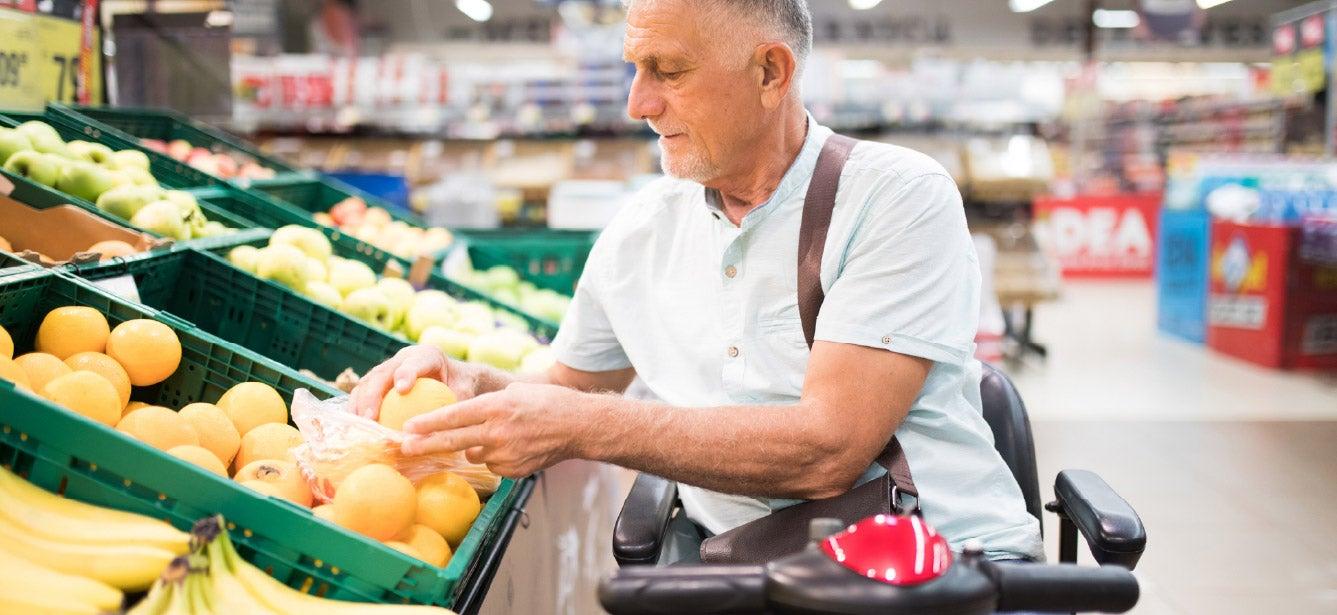How One 68-Year-Old Found More Than $7,000 in Life-Changing Benefits
7 min read

Harry, 68, didn’t expect his life to take a detour shortly after retirement. He and his wife hadn’t planned for it, either. So, when Harry suffered a devastating brain injury and his wife had to leave her job to care for him full time, their finances quickly fell into crisis.
Harry (we changed his name to respect his privacy) previously had been enrolled in Medicare Part B during an earlier retirement; but he lost that coverage after deciding to re-enter the workforce. Now, with both spouses unemployed and dealing with Harry’s medical situation, it was a struggle simply to stay afloat. Trying to sign back up for Medicare felt impossible. The couple nearly gave up when Social Security lost Harry’s file and all the important paperwork that went with it.
How a Benefits Enrollment Center helped Harry find $7,175 in annual savings
Harry's story is just one of many that we hear about nearly every day.
In fact, millions of eligible older adults miss out on benefits programs that can help them stay independent and afford health care, prescriptions, food, utilities, and more.
Eventually, Harry and his wife heard about Legal Services for the Elderly, a local Benefits Enrollment Center (BEC) in Maine. The center offered Medicare 101 presentations, and— desperate to find help—the couple opted to get more information.
At more than 87 BEC centers in 38 states across the country, Medicare members with low income and people with disabilities can find and enroll in all the benefits programs they may qualify for. No one at a BEC will try to sell you anything or steer you toward a certain program. And talking to a benefits counselor is free and 100% private.
With a sympathetic ear, the couple’s benefits counselor at Legal Services for the Elderly listened to their struggles and came up with a solution. In the end, the counselor helped Harry and his wife apply for food assistance benefits through the Supplemental Nutrition Assistance Program, as well as a Medicare Savings Program (MSP).
Their counselor explained that by getting Harry into an MSP, the program would reinstate his Medicare Part B coverage. Even better, the state would pay any penalty (if he received one) for not having Part B in place. The MSP Harry qualified for—the Qualified Medicare Beneficiary Program (QMB)—would cover all of his Medicare co-payments and premiums. It would also automatically qualify him for Part D Extra Help.
These programs will give us some relief, so we don’t have to worry about money so much. We’re so thankful for the help,” Harry's wife said.
Life has been a struggle lately, she continued, delighted that their benefits counselor helped them realize a potential annual savings of $7,175.
Harry wasn't the only one missing out on money-saving benefits
There’s a wide array of benefits programs for older Americans who struggle with the costs of living. But unfortunately, a large portion of these benefits go unclaimed. Each year, $30 billion in benefits is left on the table by people who are eligible for assistance, but not enrolled.
What benefits are out there to help older Americans?
Here are some examples, below:
- Medicare Part D Low-Income Subsidy (LIS, or Extra Help): For older adults with limited income and assets, Extra Help can lower out-of-pocket costs for the medications they need to stay healthy. The Social Security Administration estimates the annual value of Extra Help at $6,200. But NCOA found that roughly 2 million people who are eligible don’t sign up. This results in $11.8 billion yearly in missed benefits.
- Medicare Savings Programs (MSPs): At a minimum, the MSPs pay for a person’s monthly Part B premium ($185/month in 2025, or $2,220 annually). The Centers for Medicare & Medicaid Services (CMS) shows that roughly 1.25 million people receiving Extra Help also qualify to receive, but are not enrolled in, an MSP.1 Additional estimates from NCOA and MACPAC point to as many as 2 to 3 million people missing out on this critical aid (totaling $3.96 billion - $5.94 billion in missed benefits).2
- Supplemental Nutrition Assistance Program (SNAP): SNAP helps older adults buy the healthy food they need to age well and live independently for longer. The average monthly benefit for an older adult living alone in FY23 (the most recent year that data are available) was $188/month.3 But nearly 60% of seniors who qualify for SNAP do not enroll, according to 2024 data published by the Food Research & Action Center.4 That's an estimated 4.2 million people who are missing out on food assistance.4
The benefits programs mentioned above are just a small snapshot of the dozens available to help older adults age with good health and independence. And what about the people who do step up to claim the benefits they’re entitled to? They can testify to the positive and even life-changing impact these assistance programs can have. Below are two more inspiring stories shared by NCOA’s Center for Economic Well-Being.
Meet two other older adults who found out they qualified for help
Ron discovered prescription assistance, and more
Ron called NCOA's Benefits Helpline from his Oregon home because his prescription co-pay assistance was about to expire. He was worried he wouldn’t be able to afford some of his prescriptions without this extra support, especially considering one of his medicines cost as much as $2,000 per month without insurance. Ron, who also asked to remain anonymous, mentioned he’d been hearing about other types of programs that might be able to help him, like food assistance. “But I didn’t feel like I could trust the sources of that information,” he told us. “I wasn’t sure where to get accurate information.”
Kari, an NCOA call center representative, offered to help Ron check his eligibility for prescription and food benefits, as well as assistance with home repairs. After gathering some basic information, she put together a packet containing information on several benefits programs Ron qualified for. The packet contained details on each program and who to call for help in filling out an application.
“I was very grateful Kari took the time to help me, and for the information she was able to share,” Ron told NCOA.
Ms. Brito had her benefits reinstated during an emergency
Ms. Brito, a 72-year-old single woman, had traveled to the Dominican Republic for a family emergency. She stayed in her home country for more than 30 days. Upon returning to New York City, she was shocked to learn she had lost her Supplemental Security Income (SSI) benefits.
Frantic, Ms. Brito reached out to Isabella Geriatric Center, one of NCOA’s Benefits Enrollment Centers serving New York City Medicare beneficiaries. She was told that because she was out of the country beyond the allowable number of days, she was being charged an overpayment. This required Ms. Brito to pay back the amount she received during the time she was out of the country. The BEC counselor explained how she could avoid this in the future by contacting Social Security in advance.
In addition, due to the emergency nature of Ms. Brito’s situation, the BEC counselor received her permission to complete and submit a form requesting that the overpayment be waived or reduced. The waiver was approved and all of Ms. Brito’s benefits were reinstated—including her Medicaid, SNAP, Medicare Savings Program, and SSI.
Ms. Brito was relieved and filled with gratitude. Had she not called NCOA's Benefits Enrollment Center, she’d be missing out on critical, money-saving benefits on top of being charged for an SSI overpayment. “God bless Isabella for assisting the seniors in the community,” she told us.
Don’t miss out on the benefits you’re entitled to
What’s an easy way to find out the kind of assistance you can get?
NCOA’s BenefitsCheckUp® tool. This free online resource will connect you with programs that support a healthy lifestyle and help you afford health care and medication, housing and utilities, food and nutrition, disability services, and more. You can even find out about additional discounts and activity opportunities in your area. To get started, visit the BenefitsCheckUp® website and enter your ZIP code.
Questions? Find a Benefits Enrollment Center near you or call NCOA's Benefits Helpline at 1-800-794-6559, Monday through Friday from 8 a.m. to 7 p.m. ET.
Sources
1. Centers for Medicare and Medicaid Services. Percentage of individuals enrolled in the Medicare Part D Low Income Subsidy Program (LIS). June 2021. Found on the internet at https://www.cms.gov/files/document/lisenrollmentjune2021.pdf
2. Medicaid and CHIP Payment and Access Commission. Medicare Savings Programs: New Estimates Continue to Show Many Eligible Individuals Not Enrolled. August 2017. Found on the internet at https://www.macpac.gov/wp-content/uploads/2017/08/Medicare-Savings-Programs-New-Estimates-Continue-to-Show-Many-Eligible-Individuals-Not-Enrolled.pdf
3. USDA. Characteristics of Supplemental Nutrition Assistance Program Households: Fiscal Year 2023. April 2025. Found on the internet at https://fns-prod.azureedge.us/sites/default/files/resource-files/snap-FY23-Characteristics-Report.pdf
4. Food Action & Resource Center (FRAC). SNAP Map: SNAP Matters to Seniors. Found on the internet at https://frac.org/research/resource-library/snap-map-snap-matters-to-seniors






